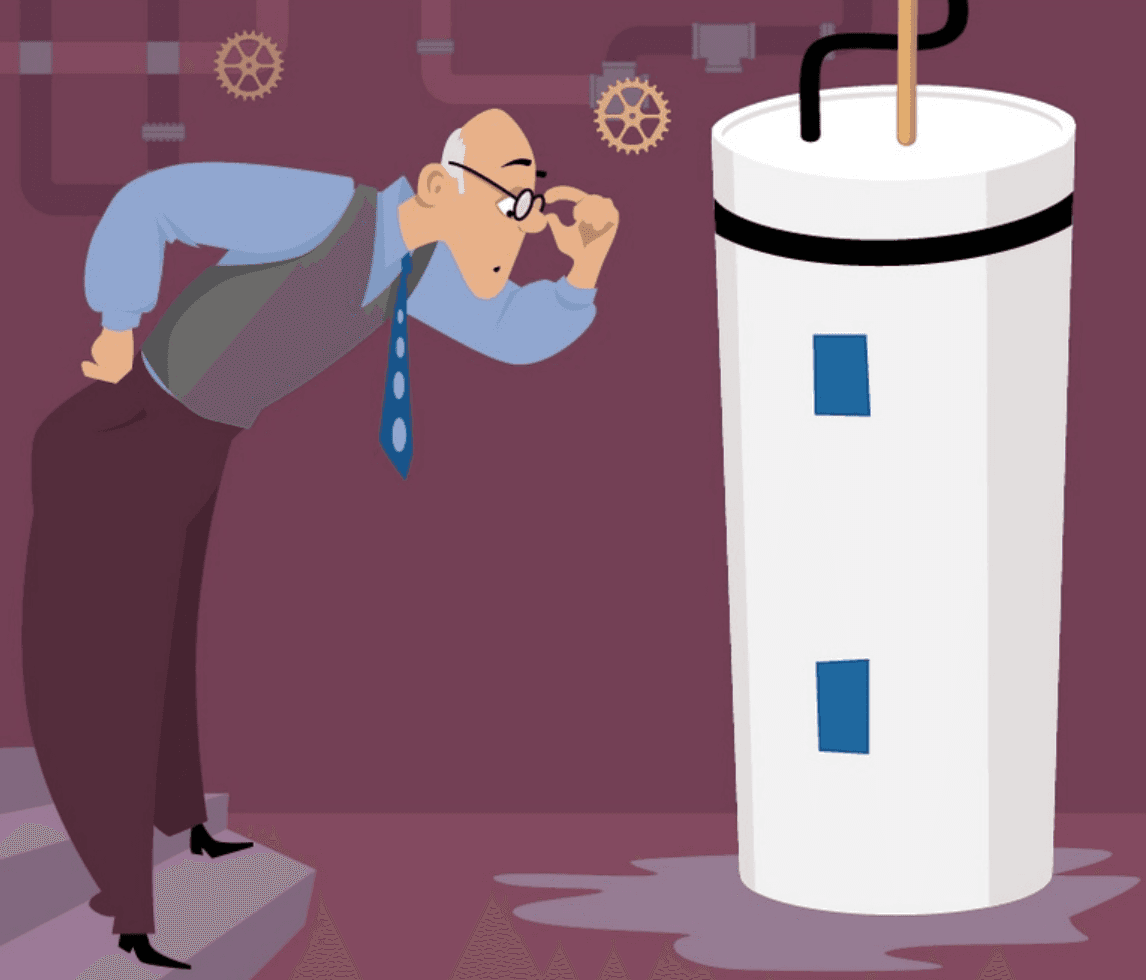The inefficiency of Connecting an Electric Geyser to Your Solar PV System and the alternative solution(s)

Submitted: Tuesday, February 20th, 2024
Original Article: Link
The inefficiency of Connecting an Electric Geyser to Your Solar PV System and the alternative solution(s)
In the pursuit of energy efficiency and sustainability, many homeowners opt for solar photovoltaic (PV) systems to power their homes. These systems harness the sun's abundant energy to generate electricity, reducing reliance on traditional grid power and minimizing carbon footprints.
However, connecting an electric geyser to your solar PV system might seem like a logical extension of this eco-friendly endeavor, but it's not always the most efficient or cost-effective choice.
Electrical geysers' inefficiencies
Electrical geysers, commonly used for heating water in households, draw a significant amount of power that can take up to 50% of your total household consumption and electricity bill. While it may seem convenient to power them with solar energy, there are several reasons why this approach may not be ideal.
First and foremost, electric geysers consume a considerable amount of electricity, especially during peak demand periods when hot water is needed most. Solar PV systems have finite capacities based on panel size, inverter capacity, and battery storage. Adding the load of an electric geyser to the system can strain its capacity, potentially leading to insufficient power supply during times of high demand.
Moreover, electric geysers typically require a substantial amount of energy to heat water to the desired temperature, especially during winter months. This high energy demand can drain solar batteries quickly, leading to frequent discharges and recharges, which can significantly shorten the battery's lifespan.
The life cycle of a battery is determined by its depth of discharge (DoD), which refers to the percentage of the battery's capacity that has been utilized. Lithium-ion batteries, commonly used in solar PV systems, have a limited number of charge-discharge cycles before they start to degrade. By adding the load of an electric geyser to the battery system, homeowners increase the frequency and depth of discharge, accelerating battery degradation and reducing its overall lifespan.
Additionally, electric geysers are often used intermittently throughout the day, depending on household hot water needs. This intermittent usage pattern can lead to inefficient battery cycling, as the system must repeatedly charge and discharge to accommodate the geyser's sporadic demand, further contributing to premature battery wear and tear.
From a cost perspective, connecting an electric geyser to your solar PV system may not yield significant savings in the long run. The upfront costs of installing additional solar panels, inverters, and battery storage to accommodate the geyser's load can be substantial. Moreover, the potential need for more frequent battery replacements due to accelerated degradation adds to the overall cost of ownership.
Switch to a gas geyser
While the idea of powering an electric geyser with solar energy may align with sustainability goals, it's essential to consider the practical implications and potential drawbacks. The strain on the solar PV system, increased battery wear, and upfront costs make connecting an electric geyser to your solar setup inefficient and cost-prohibitive in the long term.
Instead, homeowners should explore alternative solutions such as an energy-efficient gas geyser models to minimize environmental impact and optimize energy savings.
Or the combination of a solar water heating system combined with an energy-efficient gas geyser model (as a back-up system) in cases where overcast or colder weather conditions does not heat up the water sufficiently for your family to enjoy a hot shower every day any time!
Did we spark your interest and are YOU looking for a gas geyser installation? Then answer a couple of questions and get a Quote here!
Fast, reliable, and professional service—hot water made easy! Looking for the best hot water solution? Check out our unbeatable packages and start saving today!

